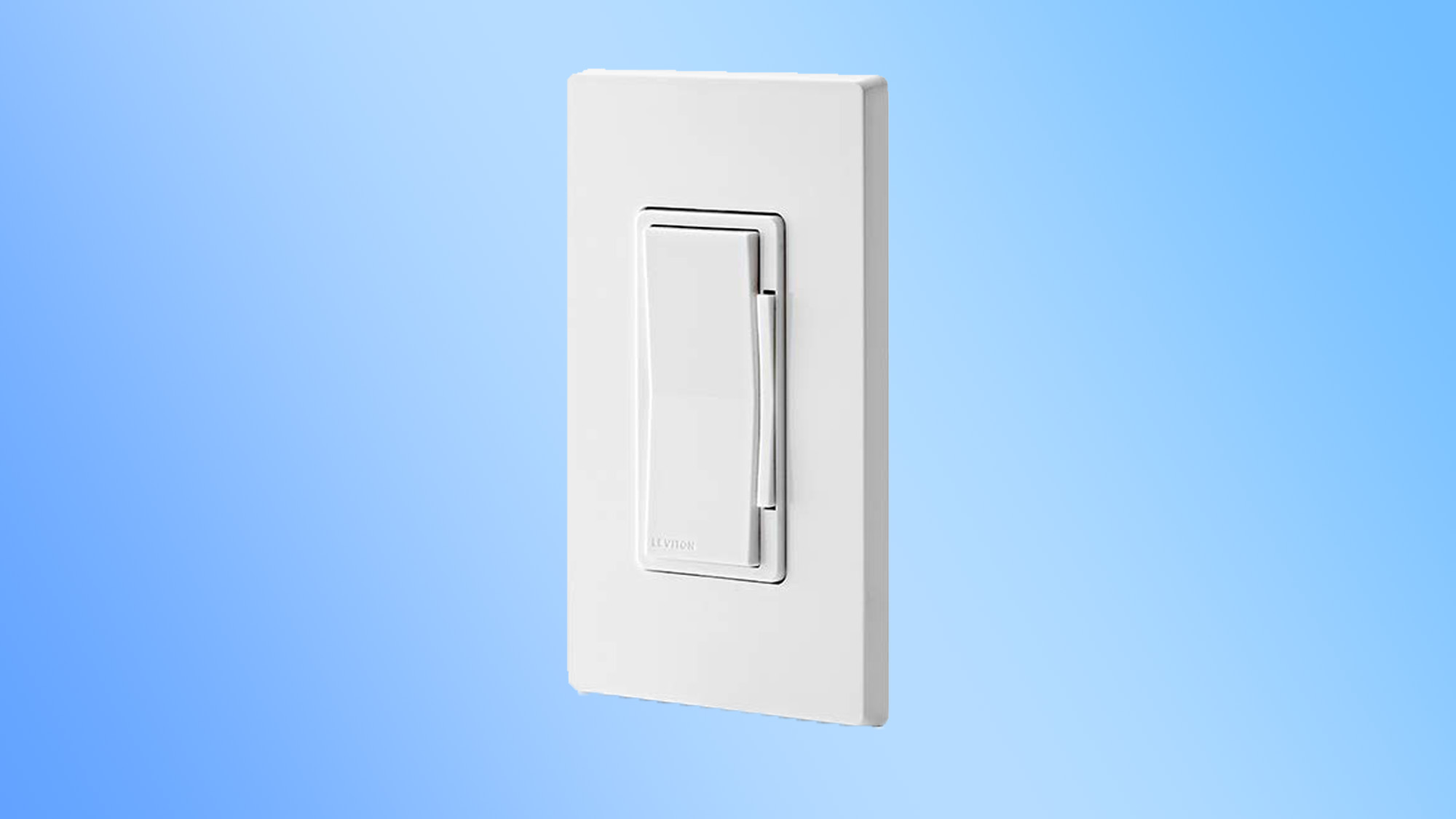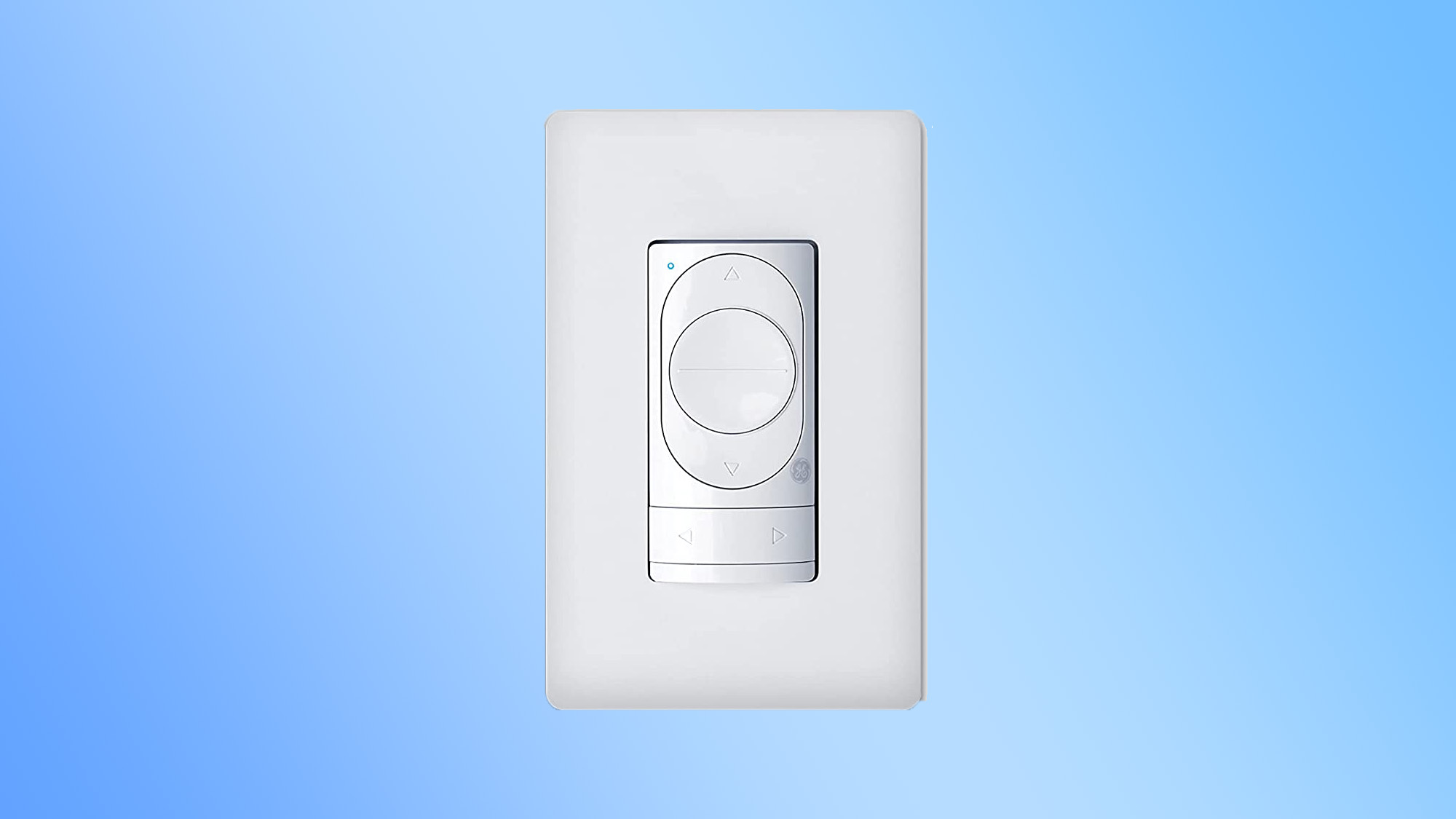This smart little accessory could save you hundreds
A good smart light switch companion could spare you a call to the electrician

Do you have a room in your house where there’s a light switch on one end, but you wish there were a switch on the other side, too? Before calling an electrician to install a new light switch — which means cutting at least one hole in your wall, and possibly more to create a three-way circuit — a smart light switch could be cheaper solution.
Advantages of smart light switches is that you can control them from your smartphone, connect them to other smart home devices, and more. But some of the companies that make the best smart light switches even sell a “companion” switch that works in conjunction with the main light switch.
These companion switches are essentially battery-powered remotes that look like light switches, but all that’s required to install them is some double-sided tape, or a pair of screws.
Of course, you’ll first need to install a principal smart light switch in place of your old, non-smart switch; but after that, it’s a simple matter of pairing the companion switch to the main switch.
Below are a few options to consider if you want to add a second light switch to a room without spending too much.
Battery-powered smart light switches

Leviton makes two companion switches: One is a simple on/off switch, while the other has a dimmer as well. You can pair it to either a smart light switch or to a smart plug made by Leviton, should you want to control, say, a floor or table lamp remotely. Each costs about $26 on Amazon, and Leviton says the batteries in them should last for up to five years.

The GE CYNC Smart Dimmer Light Switch ($24, Amazon) is another option. It has a more futuristic design than Leviton’s switch, but has a small LED so you can easily locate it in the dark. It works the same way, letting you turn lights on and off, or dim them. It too can be paired with one of GE’s smart light switches, as well as smart plugs and smart bulbs. A similar model with White Tones control also gives you one-touch control to change the color temperature of compatible white smart bulbs.
Get instant access to breaking news, the hottest reviews, great deals and helpful tips.

Lutron also makes a remote dimmer switch for its smart light switches and plugs. It's a bit smaller than a traditional light switch, so you're more likely to realize that it's not the real deal. But that might not be a deal-breaker, depending on what you're looking for.
Lutron’s system works a bit differently than the others on this page, as its smart devices connect to a small hub, rather than directly to your WI-Fi. That means your initial costs are a bit higher, as you’ll have to buy the hub as well as a smart light switch and a remote (a starter kit that includes all three is $99 on Amazon).
However, Lutron’s kit doesn’t require a neutral wire, so it could be the better choice if you have an older home. (Here's what a neutral wire is, and what to do if you don't have one.)

Of course, if you don't have a light switch at all, there are still some options at your disposal. For instance, if you have Philips Hue smart lights, you can control them with the Philips Hue Smart Wireless Dimmer ($30, Amazon). The light has an on/off button, dimmer controls, and a fourth button that lets you switch between different scenes, which you can specify in the Philips Hue app.
Want to get a smarter home lighting setup? Here's a list of 9 things you didn't know you could do with smart lights, and when you should consider using smart light switches instead of smart lights.

Michael A. Prospero is the U.S. Editor-in-Chief for Tom’s Guide. He oversees all evergreen content and oversees the Homes, Smart Home, and Fitness/Wearables categories for the site. In his spare time, he also tests out the latest drones, electric scooters, and smart home gadgets, such as video doorbells. Before his tenure at Tom's Guide, he was the Reviews Editor for Laptop Magazine, a reporter at Fast Company, the Times of Trenton, and, many eons back, an intern at George magazine. He received his undergraduate degree from Boston College, where he worked on the campus newspaper The Heights, and then attended the Columbia University school of Journalism. When he’s not testing out the latest running watch, electric scooter, or skiing or training for a marathon, he’s probably using the latest sous vide machine, smoker, or pizza oven, to the delight — or chagrin — of his family.
